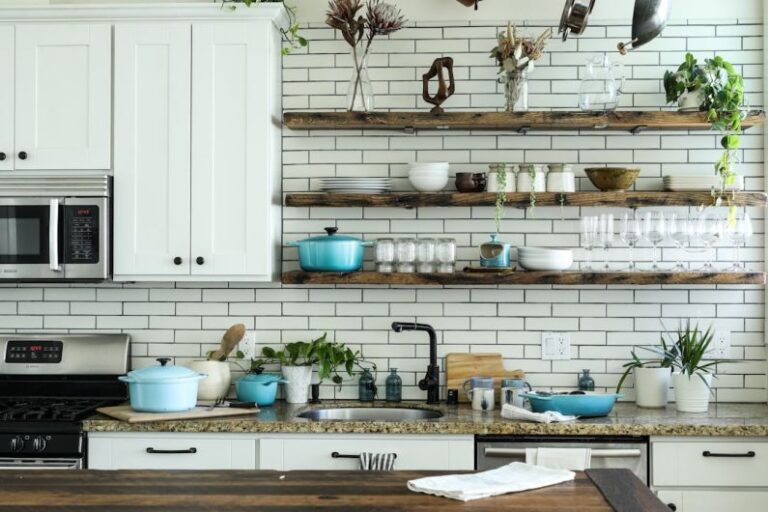The Future Is Here: Augmented Reality in Home Design
Augmented reality (AR) has revolutionized many industries, and one area where its impact is particularly profound is in home design. The integration of AR technology in the realm of interior design and home decor has opened up a world of possibilities for homeowners, designers, and retailers alike. By superimposing virtual elements onto the real world, AR allows for a more immersive and interactive design experience that was previously unimaginable. Let’s delve into how augmented reality is shaping the future of home design.
**Visualizing Spaces Like Never Before**
One of the most significant benefits of augmented reality in home design is its ability to help homeowners visualize how different elements will look in their space. Gone are the days of trying to imagine how a new sofa will fit in with existing decor or debating whether a certain paint color will work well in a room. With AR technology, users can simply point their device at a room and see virtual furniture, artwork, or other design elements overlaid onto the real environment in real-time. This not only streamlines the decision-making process but also helps prevent costly mistakes.
**Personalizing the Design Process**
Augmented reality also allows for a high level of personalization in the design process. By using AR apps or tools, homeowners can experiment with different styles, colors, and layouts to create a space that truly reflects their taste and preferences. Whether you prefer a minimalist aesthetic or a bohemian vibe, AR technology gives you the freedom to explore endless design possibilities without the commitment.
**Enhancing the Shopping Experience**
Another advantage of augmented reality in home design is its ability to enhance the shopping experience for consumers. Many furniture retailers and interior design companies now offer AR apps that allow customers to preview how products will look in their homes before making a purchase. This not only helps reduce the likelihood of returns but also provides a more engaging and interactive shopping experience.
**Collaborating with Design Professionals**
For those working with interior designers or architects, augmented reality can streamline the collaboration process. Design professionals can use AR technology to present their ideas more effectively to clients, allowing them to see proposed designs in a realistic context. This level of visualization helps ensure that everyone involved is on the same page and can make informed decisions about the design direction.
**Reducing Environmental Impact**
In addition to its practical benefits, augmented reality in home design also has the potential to reduce the environmental impact of the industry. By allowing users to experiment with different design options virtually, AR technology can help minimize the need for physical prototypes and samples. This not only saves time and resources but also contributes to a more sustainable approach to design and renovation projects.
**Embracing the Future of Home Design**
As augmented reality continues to evolve and become more accessible, its role in home design will only continue to grow. From visualizing spaces and personalizing designs to enhancing the shopping experience and reducing environmental impact, AR technology offers a wealth of benefits to homeowners, designers, and retailers alike. By embracing the possibilities that AR presents, the future of home design is looking brighter and more innovative than ever before.
**Innovation in Every Room**
The integration of augmented reality in home design represents a significant leap forward in how we approach interior spaces. By leveraging the power of AR technology, homeowners can unlock new levels of creativity and efficiency in the design process. As we look towards the future, the possibilities for using AR in home design are truly limitless, promising a more personalized, sustainable, and engaging approach to creating the spaces we live in. Augmented reality isn’t just a tool; it’s a gateway to a more innovative and inspiring design future.






